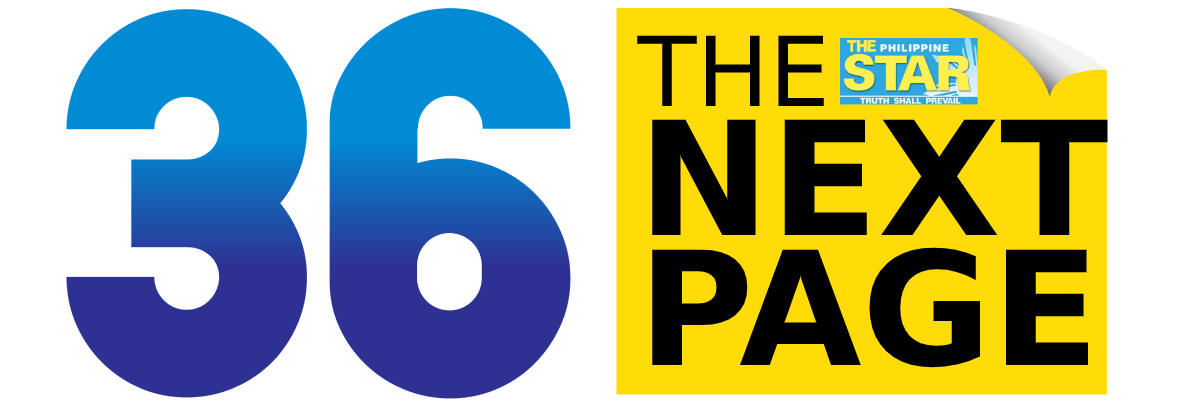Hybrid: Why it’s the best setup for Philippine companies

Lately, in the wake of the changes that have happened in the workplace because of the COVID-19 pandemic, there have been calls to reduce the working hours of employees to a shorter four-day work week. What is the purpose of compressing the work week? Is it to give more time to family and other priorities? Is it for better work-life balance?
One factor to consider in discussing this issue is the employee’s mental health. In a compressed work week, we increase the hours employees need to render per day. By law, they still need to fulfill 40 hours per week, and we know that one can only do so much work in a day. A workload of 12 hours every day for three days can unduly strain an employee’s physical and mental health, and is not sustainable in the long term.
There are other considerations companies have to look at. A compressed work week does not mean the company will just be working three or four days. Service still needs to be delivered Monday to Friday, and sometimes Monday to Saturday. So there has to be an agreement about workload distribution — who will be on the shifts, will the shifts be dictated by the company or agreed upon by the employees, who are willing to go on those shifts, and so on.

It also depends on the industry. For example, how can the compressed work week be applied to BPOs when they already have shifts to cater to different principals, or to manufacturing companies given the daily demands on output?
Remuneration is another question. What support will be given to employees who go on extended working hours? Will there be overtime pay, given that they need to work longer hours every day due to a compressed work week? What about workers who are “arawan,” those who are paid on a daily basis?
Ultimately, will employees be safer, more productive, and more engaged under the compressed work week arrangement?

In the Philippine context, I believe the hybrid model is a much better work setup, because employees can schedule with their supervisors the best time for them to work and where they can render their work. As some companies have shown, the schedule can be made flexible — say, two or three days in the office, and the rest of the work done at home.
The hybrid model becomes the company’s business continuity plan because, at any given time, it is business as usual.
Jobstreet’s study "Decoding Global Talent," which had over 15,000 Filipino respondents, showed that employees preferred either working from home entirely, or being afforded a combination of remote and on-site work — the hybrid model. In terms of job preferences, while job security was the top priority among the respondents, good work-life balance was no. 2, which the hybrid model can provide unlike the compressed work week schedule. Working from home over going to the office daily is also evidently more economical, given the rise in gas prices.

On the employer side, companies that shifted to the work-from-home setup during the pandemic have already proven that people can work from home productively. As it is, recurring calamities in the Philippines also make the hybrid setup ideal, given days when people simply can’t go to work because of typhoons, flooding, or the lack of public transport. In this way, the hybrid model becomes the company’s business continuity plan because, at any given time, it is business as usual.
For all these reasons, we believe the hybrid model is the best work setup in the Philippine context. It’s a model that will continue to be used by companies, and insisted on by many more employees, moving forward.

